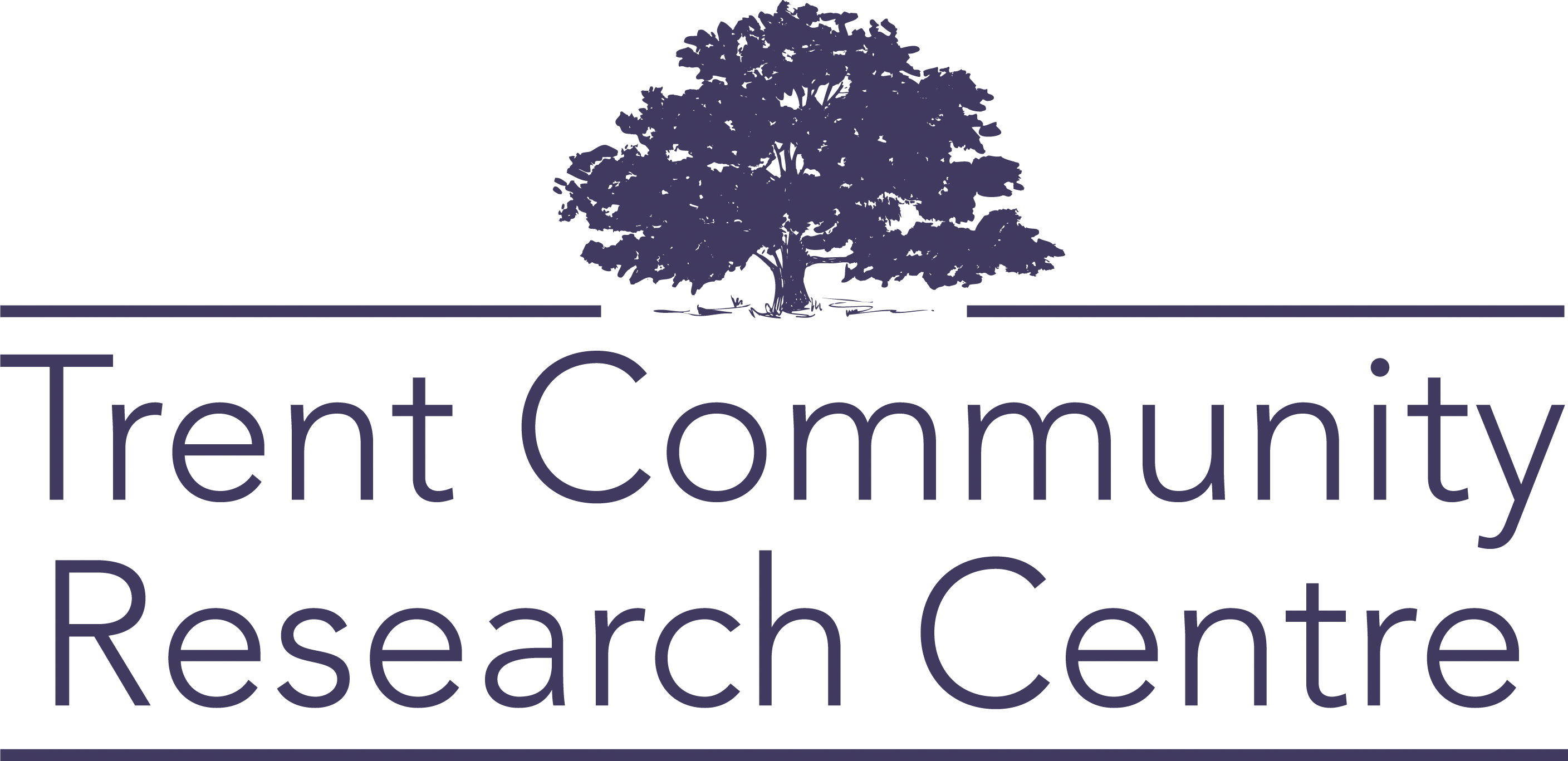Unit 1: What is community?
In this unit, we examine what we mean by “community,” including which organizations represent communities, and how to responsibly engage as a researcher with community organizations.
Unit 2: What is “community-based research”?
This unit discusses how community-based research is community-driven. It is conducted in, with, and by communities and involves partners from community-based organizations, students, faculty, funders, decision-makers, and community-campus engagement brokers. Key principles of community-based research include that it be relevant, equitable, and action-oriented. It should bring about mutual benefits to all partners involved.
Voices from the Field
Introduction to Community-based research
Teaching Case
Case Study: Community-Based Research
It’s September and back-to-school for a new year. Jane arrives early for her first class in third year energy science and sees some familiar faces, including her friend Chad who works at the student-run pub on campus. They spend a few minutes catching up about their summer and make plans to get together with some friends on the weekend.
During their first class, the professor introduces the course and outlines the major assignment for the term: a group project doing an energy audit and creating an energy conservation plan for several local non- profit organisations. The professor and the university’s community engagement office have partnered with these community-based organisations each of whom will share their energy bills and let the students have access to their buildings for the energy audit. Each of the community groups has worked with the school previously and one has even hosted a few internship students so they have a good sense of the benefits and drawbacks of working with students. The community groups are keen on having the energy audit done because they hope to find ways to reduce their energy costs. Energy prices have risen significantly over the past five years which has increased their overhead costs and reduced the amount of money they have for programs. The challenge is that, like most small, non-profit organisations, they didn’t have the time or expertise to dedicate to doing a full-scale energy audit and creating a conservation plan.
In introducing the assignment, the professor mentions that students who have an existing relationship with another community organization – through work or volunteering – can suggest them as a site for the group energy assignment. At a break in the class, Chad mentions to Jane that they should do the energy audit of the student pub on campus. Chad can get all the energy bills and consumption data and it will be easy for them to get lots of information. Chad even thinks that the university has some old consulting reports about energy conservation for the building that houses the pub. Plus, the student pub has lots of obvious ways to reduce energy such as putting the beer fridge on a timer. This would be a good project and might even make a difference for the campus pub. Chad feels confident that some of their recommendations will get acted upon. They approach the professor who agrees to let them pursue the energy audit of the student pub.
But after class, Jane thinks back on some discussions about community-based research from their research methods course last year. She wonders whether they should switch their project back to one of the community groups, and wonders: Should they do the project for the pub?
She makes a list of questions to talk with Chad about the project:
- Are student groups part of the community, or part of the university? What are some of the differences between working with a campus group and working with a community group?
- Should real-life projects make the needs of the community outside the school a priority, over the needs of groups inside the school? How do community needs differ and relate to the needs of student-run groups?
- What are some ways to balance the needs of community with those of students?
- What are some of the roles that faculty and brokers play in these decisions?
Next Module: Understanding Community Needs
Back to Main Page
Licensing

Except where otherwise noted, content on this site is licensed under a Creative Commons Attribution 4.0 License.
Where indicated, images, video, and audio have some rights reserved, and you must obtain permission from the copyright owner to use this material.






